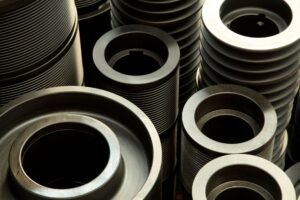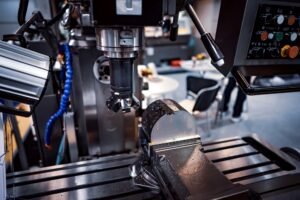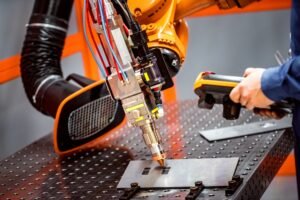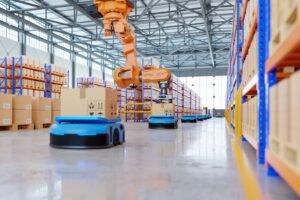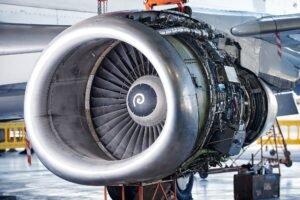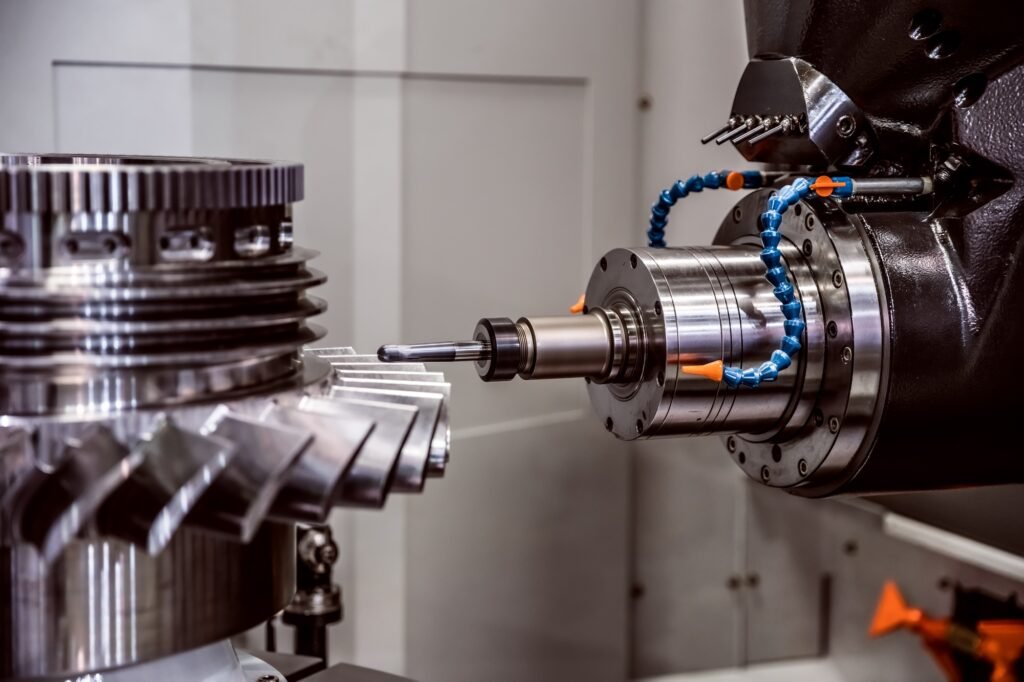CNC machining is a highly precise manufacturing process, but even experienced machinists can encounter costly mistakes. Errors in design, programming, setup, or operation can lead to material waste, machine damage, and production delays. This article outlines the most common CNC machining mistakes and provides practical tips to avoid them.
1. Inadequate Design for Manufacturability (DFM)
Problem:
Designs that are too complex, have unnecessary tight tolerances, or ignore machining limitations can be difficult or impossible to manufacture efficiently.
Common Issues:
- Thin walls or deep cavities prone to vibration.
- Features requiring expensive custom tooling.
- Overly tight tolerances where not functionally needed.
Solution:
- Collaborate with CNC machinists during the design phase.
- Apply DFM principles to simplify geometry.
- Only specify critical tolerances where necessary.
2. Incorrect Tool Selection
Problem:
Choosing the wrong cutting tool type, size, or material can cause poor surface finish, tool breakage, and inefficient machining.
Common Issues:
- Using end mills instead of face mills for large surface areas.
- Inappropriate tool coating for material type.
- Tools with insufficient flute length or rigidity.
Solution:
- Select tools based on material, cut depth, and feature size.
- Use coated carbide tools for hard metals like stainless steel.
- Ensure the tool length-to-diameter ratio is appropriate to reduce deflection.
3. Improper Workholding and Fixturing
Problem:
Weak or unstable fixturing leads to workpiece movement, vibrations, and dimensional inaccuracies during machining.
Common Issues:
- Using generic vises for complex parts.
- Insufficient clamping force or contact area.
- Lack of support for thin or flexible parts.
Solution:
- Design custom fixtures for irregular shapes.
- Use soft jaws or vacuum fixtures for delicate parts.
- Apply proper clamping techniques and verify rigidity before starting.
4. Errors in G-Code Programming
Problem:
Mistakes in G-code can result in incorrect toolpaths, collisions, or even machine crashes.
Common Issues:
- Incorrect coordinate settings (G54, G55 offsets).
- Overlooking tool length compensation.
- Forgetting to set spindle speed or coolant commands.
Solution:
- Always simulate toolpaths in CAM software.
- Perform dry runs before actual machining.
- Double-check coordinate systems and tool offsets.
5. Neglecting Machine Calibration and Maintenance
Problem:
Machines out of calibration produce inaccurate parts, leading to rejected batches and downtime.
Common Issues:
- Ignoring routine maintenance schedules.
- Worn-out ball screws, guides, or spindle bearings.
- Dirty tool holders affecting tool runout.
Solution:
- Follow a strict maintenance plan (daily, weekly, monthly checks).
- Regularly calibrate axis positioning and probing systems.
- Clean tool holders and check spindle runout frequently.
6. Inadequate Coolant and Chip Management
Problem:
Poor coolant application and chip evacuation reduce tool life, degrade surface finish, and cause heat buildup.
Common Issues:
- Using flood coolant where high-pressure coolant is needed.
- Allowing chips to accumulate in pockets or around cutting areas.
- Improper coolant concentration or filtration.
Solution:
- Use appropriate coolant delivery methods (MQL, high-pressure systems).
- Employ chip conveyors or air blasts for effective chip removal.
- Monitor and maintain coolant quality regularly.
7. Overlooking Material Properties
Problem:
Different materials require different machining strategies. Ignoring this leads to tool wear, dimensional inaccuracies, and surface defects.
Common Issues:
- Using the same feeds and speeds for aluminum and stainless steel.
- Ignoring material hardness variations (e.g., heat-treated alloys).
- Not accounting for thermal expansion during machining.
Solution:
- Adjust machining parameters based on material type.
- Use recommended cutting data from tooling manufacturers.
- Apply compensation strategies for thermal effects in precision parts.
8. Lack of Operator Training
Problem:
Untrained operators are more likely to make mistakes in setup, operation, and troubleshooting.
Common Issues:
- Misinterpreting CNC codes or drawings.
- Improper machine warm-up procedures.
- Inability to identify tool wear or machine abnormalities.
Solution:
- Provide continuous training and certification for operators.
- Implement standardized work instructions and checklists.
- Encourage a culture of quality and proactive problem-solving.
Conclusion
While CNC machining is a highly accurate and automated process, human factors, improper setups, and overlooked details can lead to costly mistakes. By understanding these common pitfalls and adopting best practices, manufacturers can enhance part quality, extend tool life, and optimize production efficiency. Preventing errors is always more cost-effective than fixing them.

